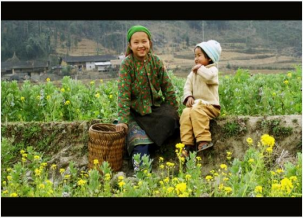
Building the ASEAN Community
ASEAN Maximum Residue Levels
Enhancing Competitiveness of ASEAN Agricultural Products
Enhancement of agricultural production is one of the main objectives of the ASEAN cooperation in Food, Agriculture and Forestry. Increasing agricultural yields however requires the use of agro-chemicals such as herbicides, fungicides, insecticides, plant growth regulators, etc. To alleviate health concerns caused by the use of these chemicals, Maximum Residue Levels (MRLs) are set to regulate the highest amount of pesticide residue expected in foods.
MRLs requirements are primarily trading standards. Farmers, retailers, distributors, and importers are responsible to ensure foods for marketing comply with the requirements. National authorities are responsible for the control and enforcement of these requirements.
As agricultural products, particularly foods, are listed as one of the 13 priority integration sectors in the ASEAN Economic Community Blueprint, different laws and regulations of individual countries with different MRLs would pose barriers to trade of food products within the region. Therefore, Member States have been striving to harmonise rules on MRLs of pesticides in agricultural produce traded in the region. ASEAN has also started to establish its own MRLs, generated from residue trials that are aligned with international standards. To date, a total of 880 ASEAN MRLs have been established for vegetables and fruits, involving a total of 71 pesticides.
Compliance with a common set of requirements will enable farmers and food producers to produce foods that are safe for consumption. It will also provide opportunities for producers to go beyond national borders and penetrate the wider ASEAN and global market.
1. ASEAN MRLs Database For more information, please visit http://www.asean.org/communities/asean-economiccommunity/item/asean-cooperation-in-food-agriculture-and-forestry-major-achievements or send an email to aimo@asean.org
Source: asean.org
Share: